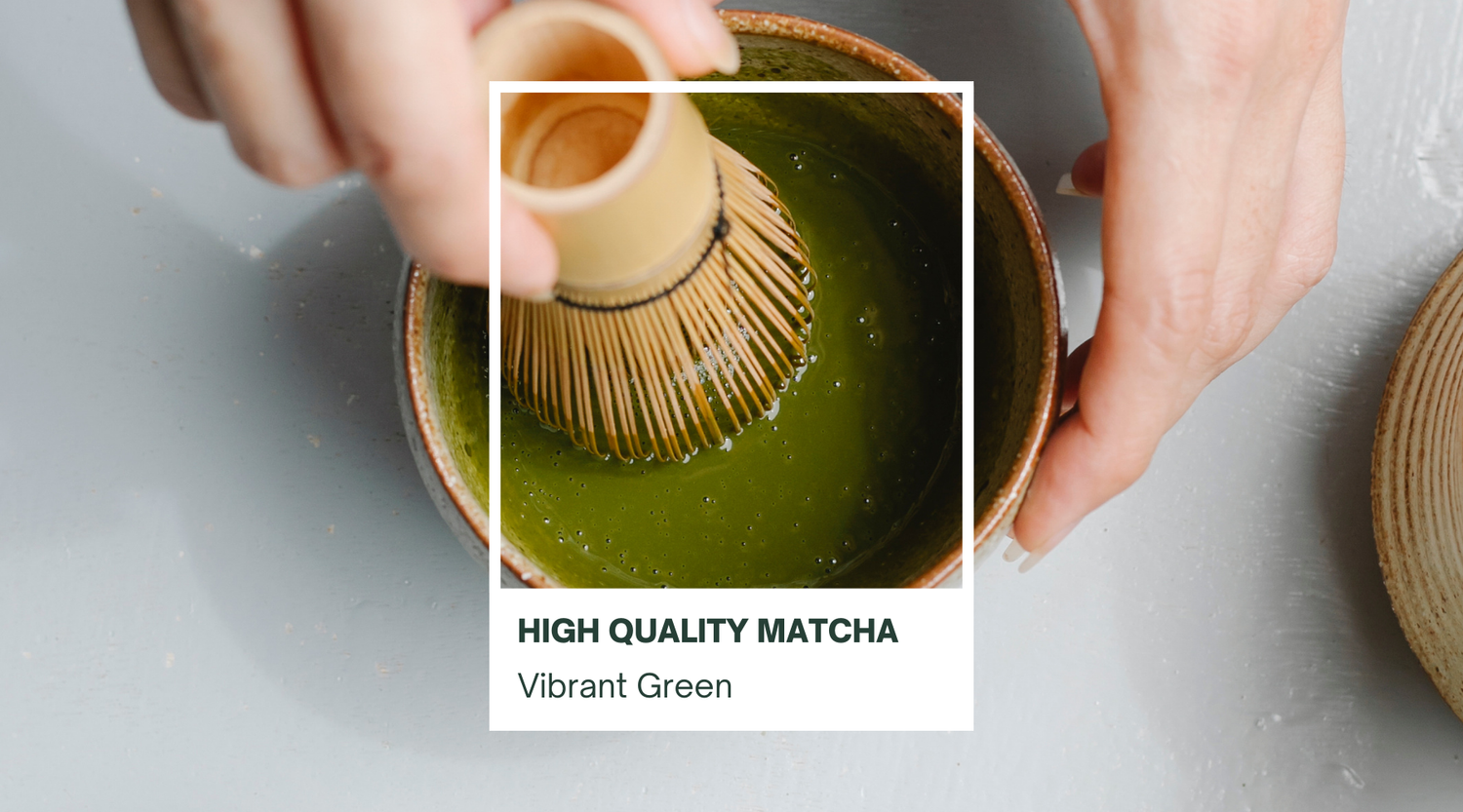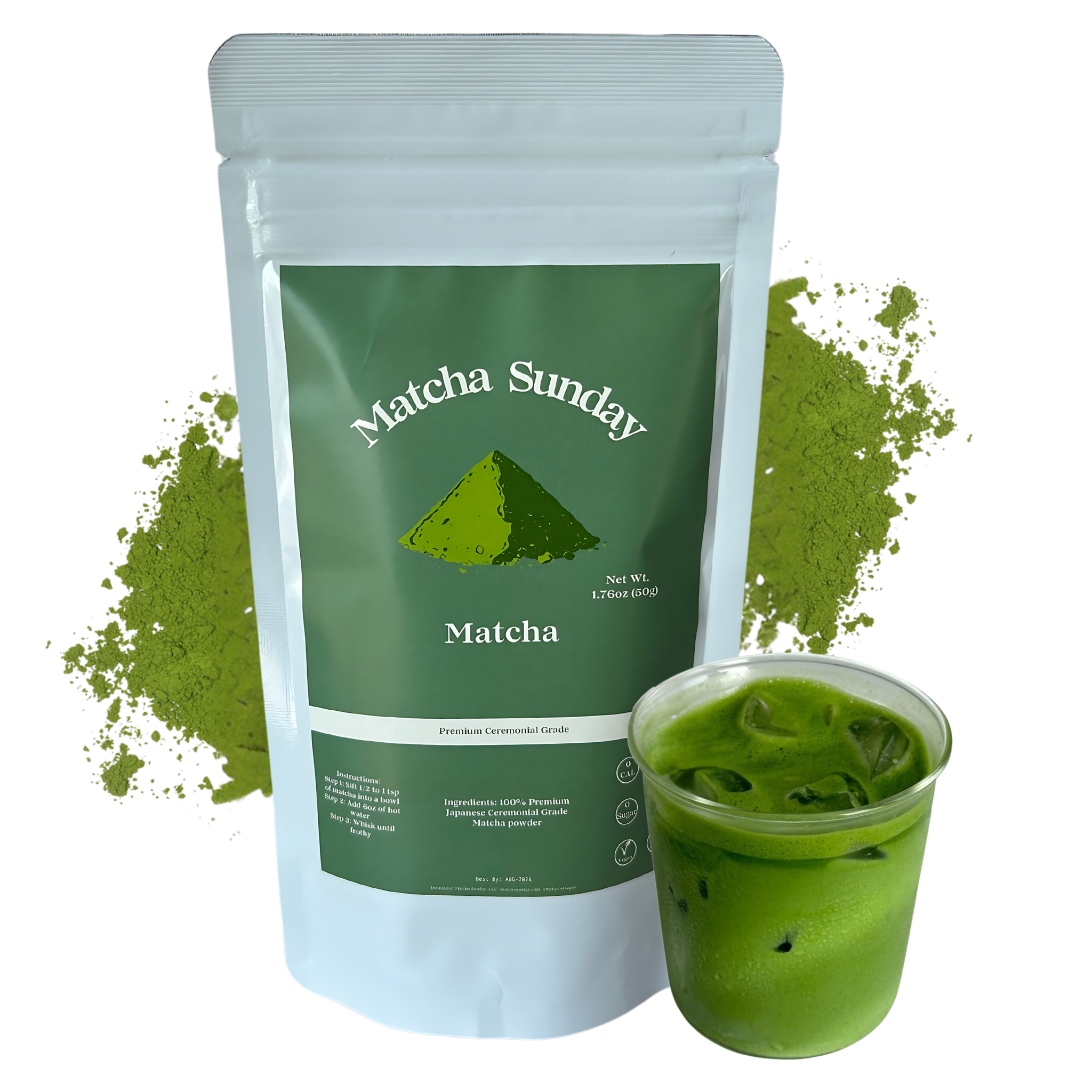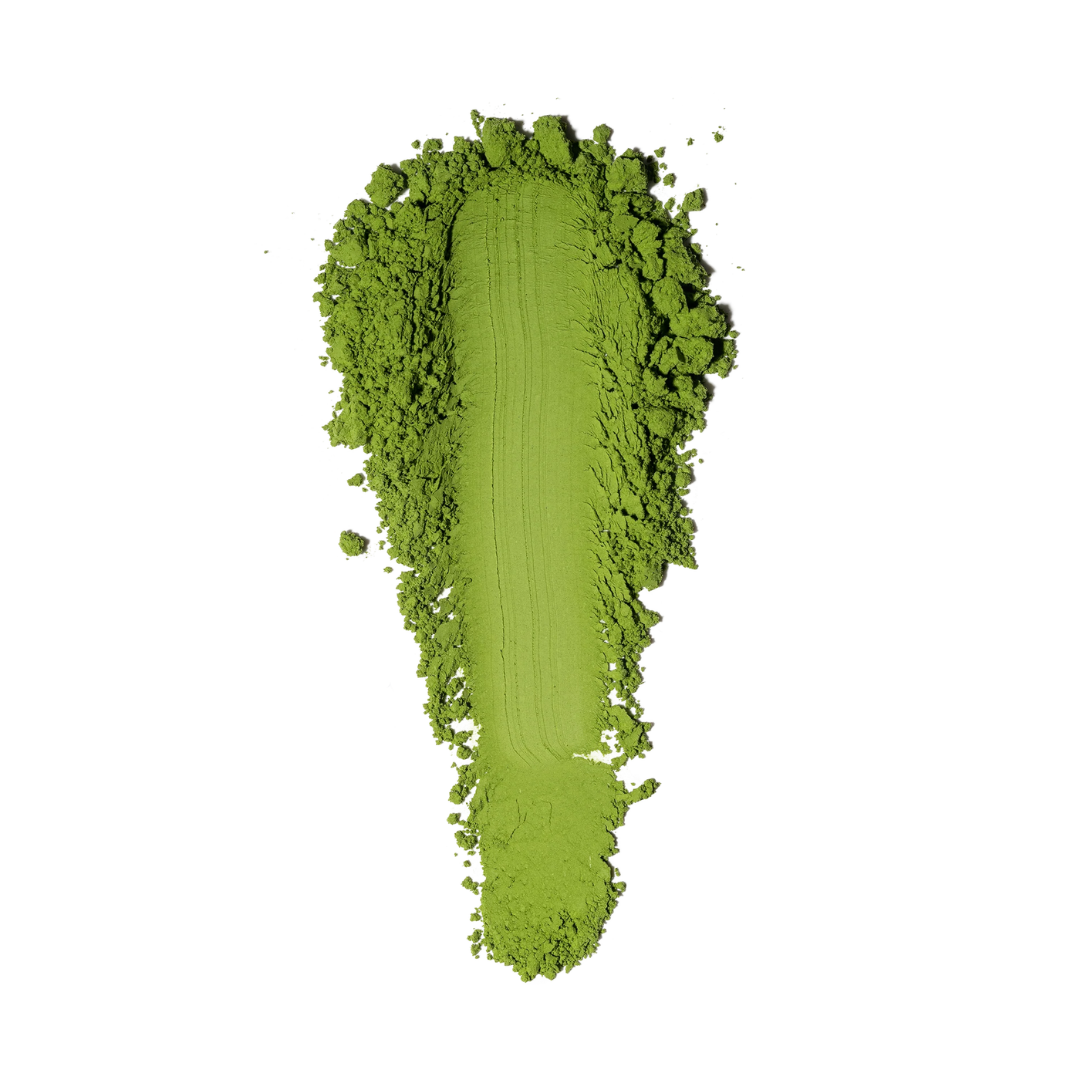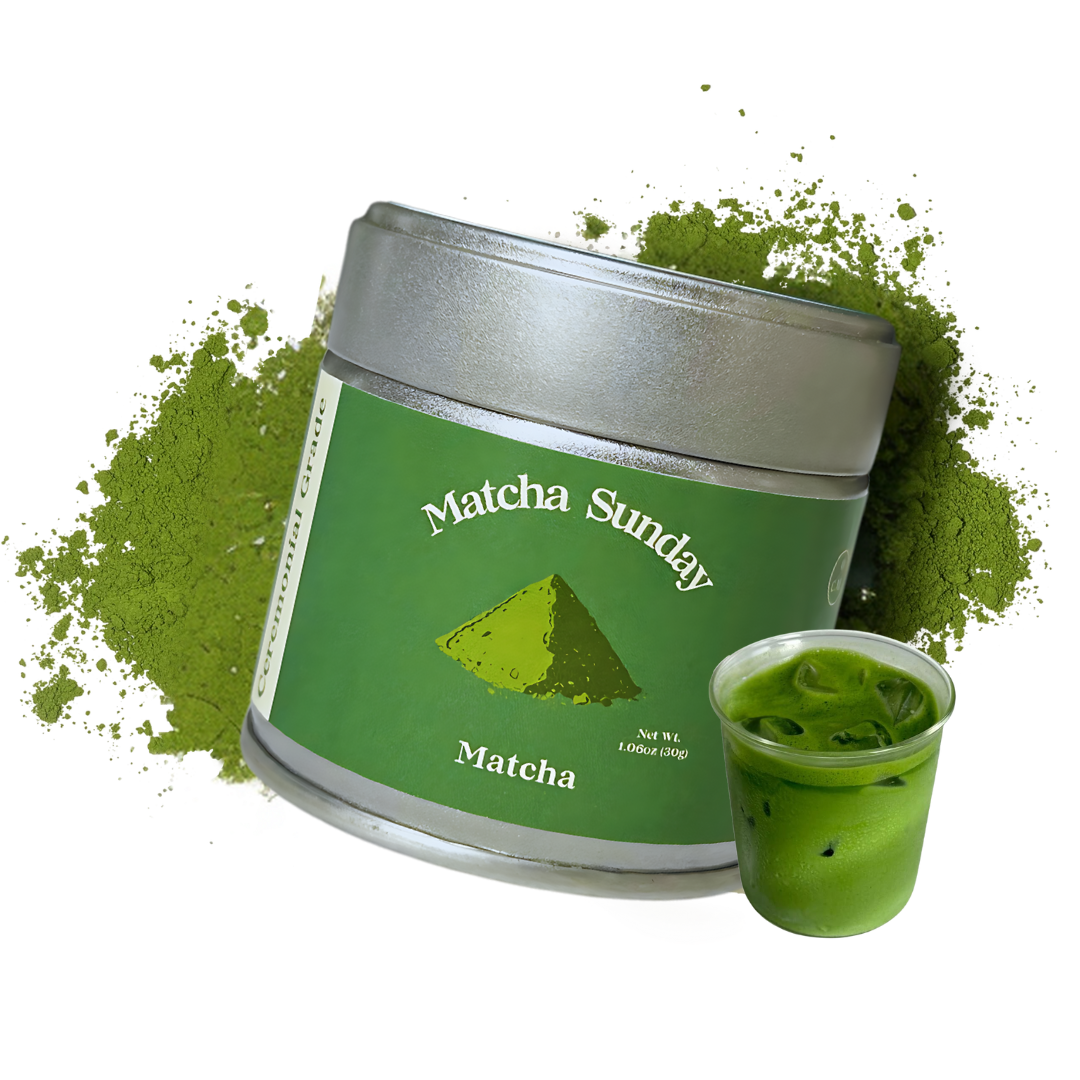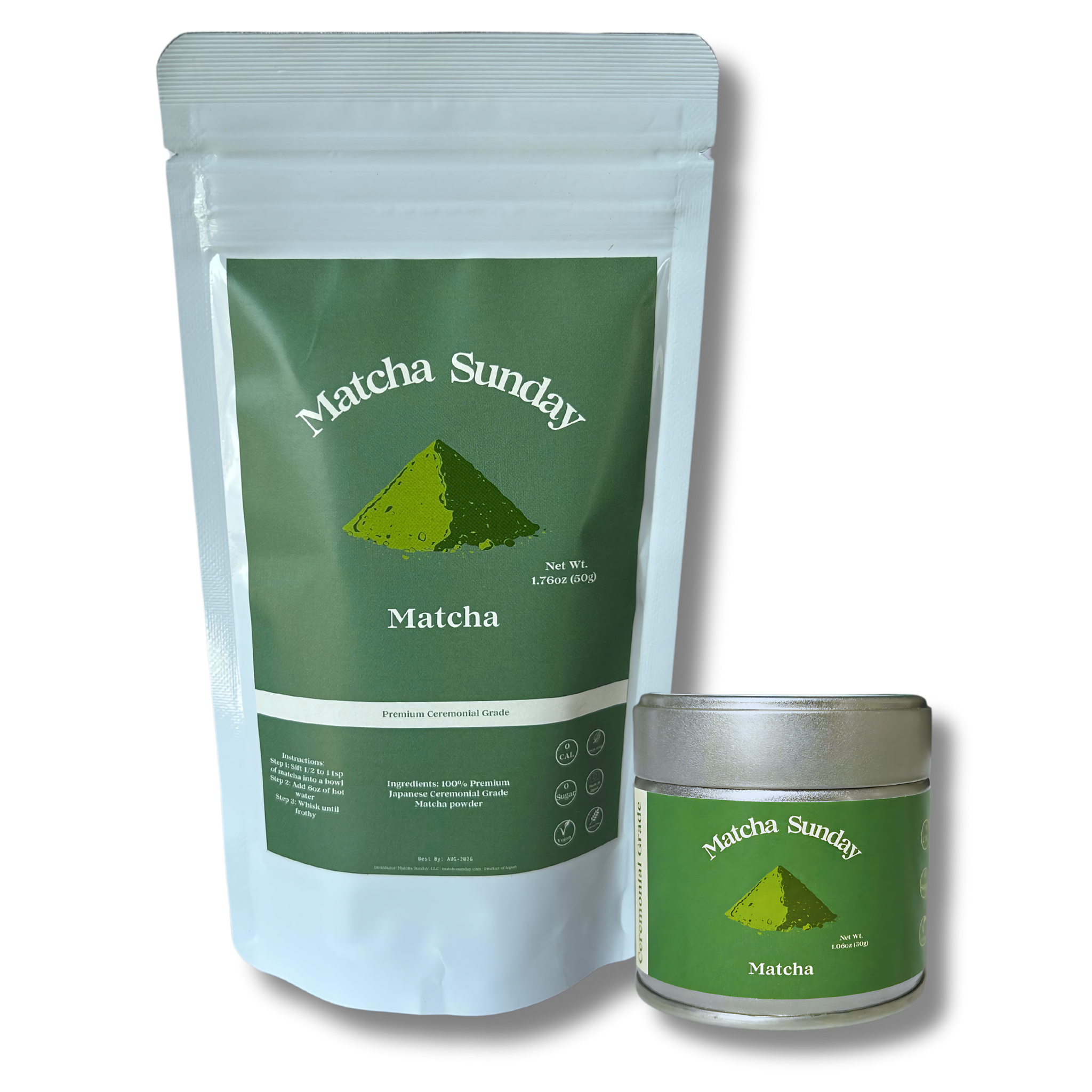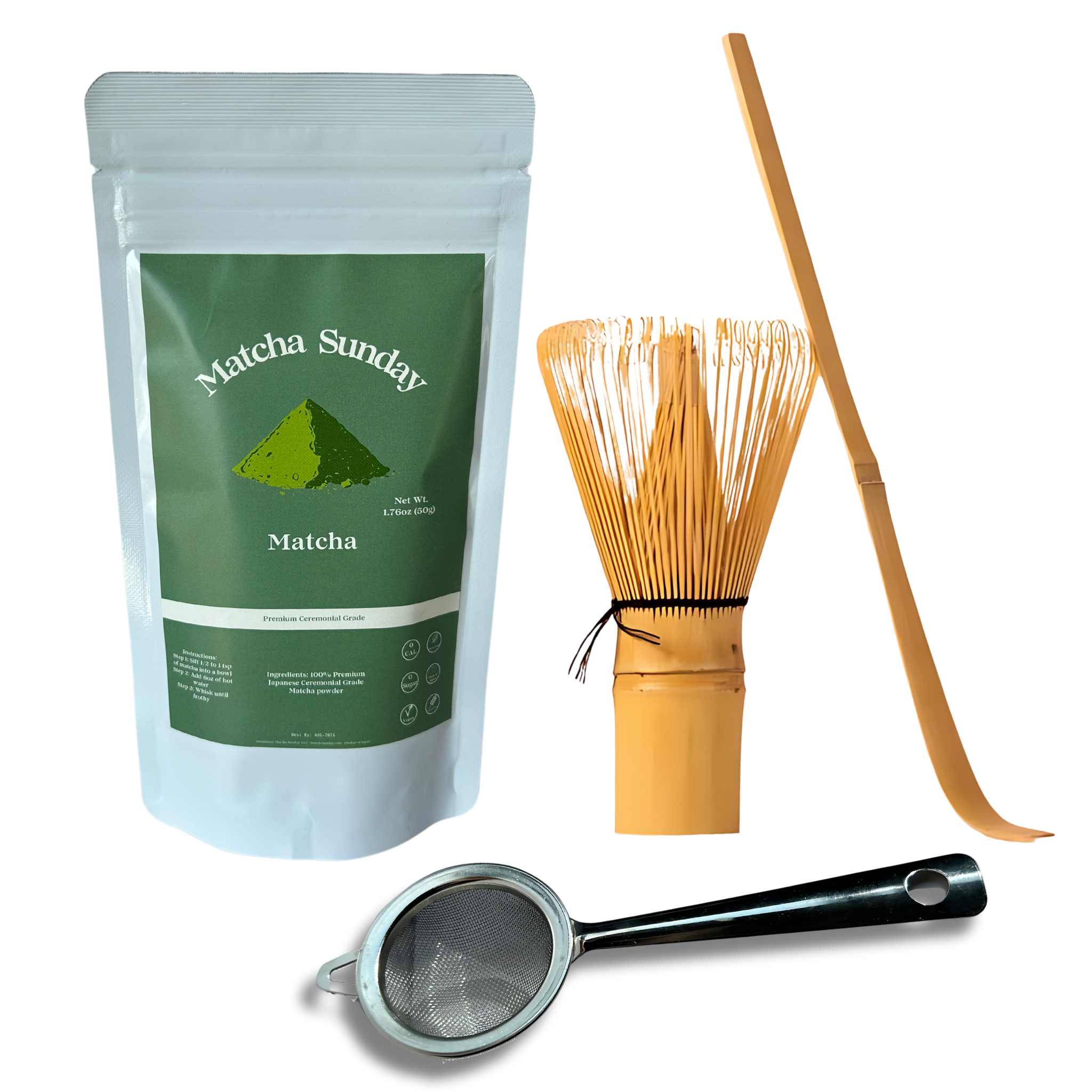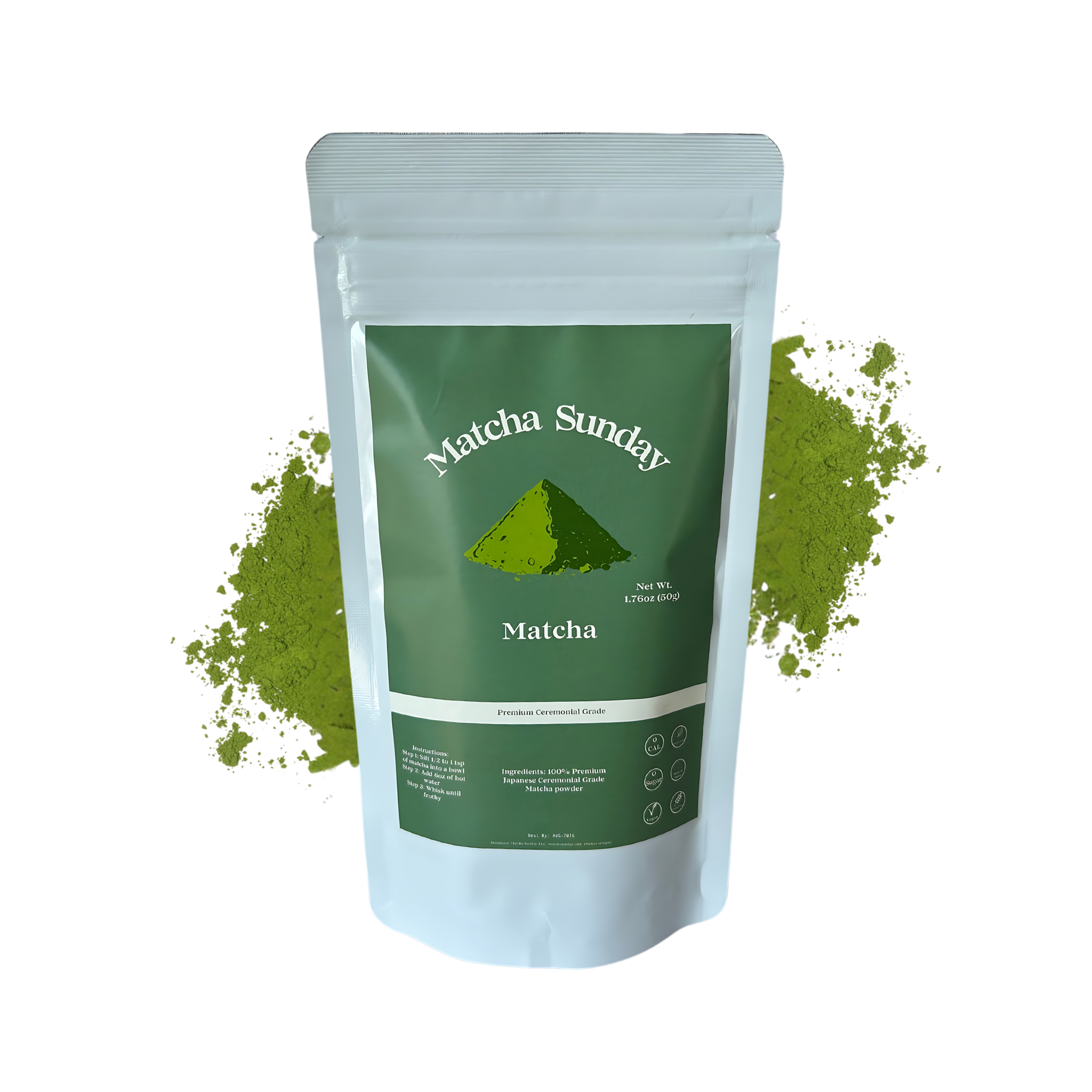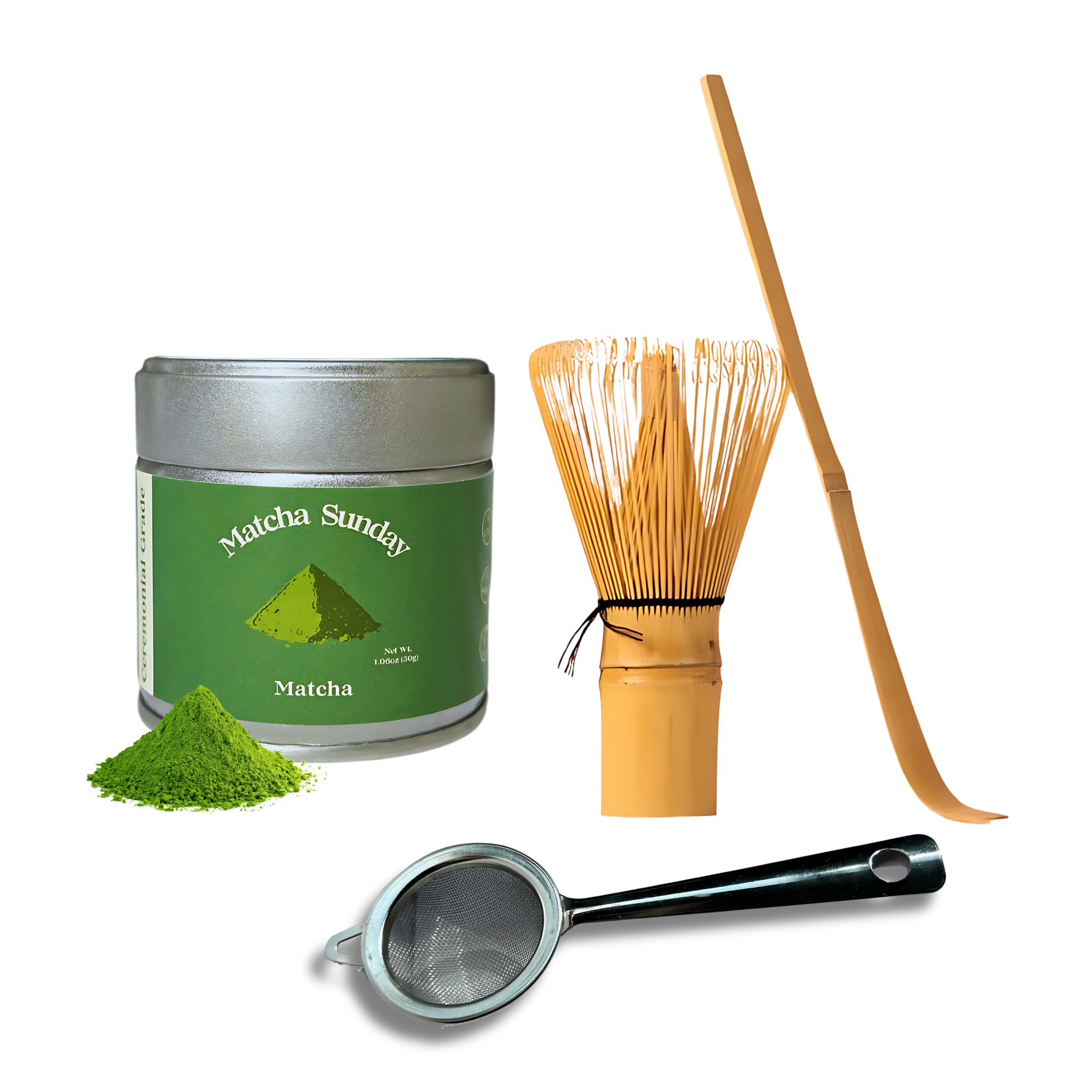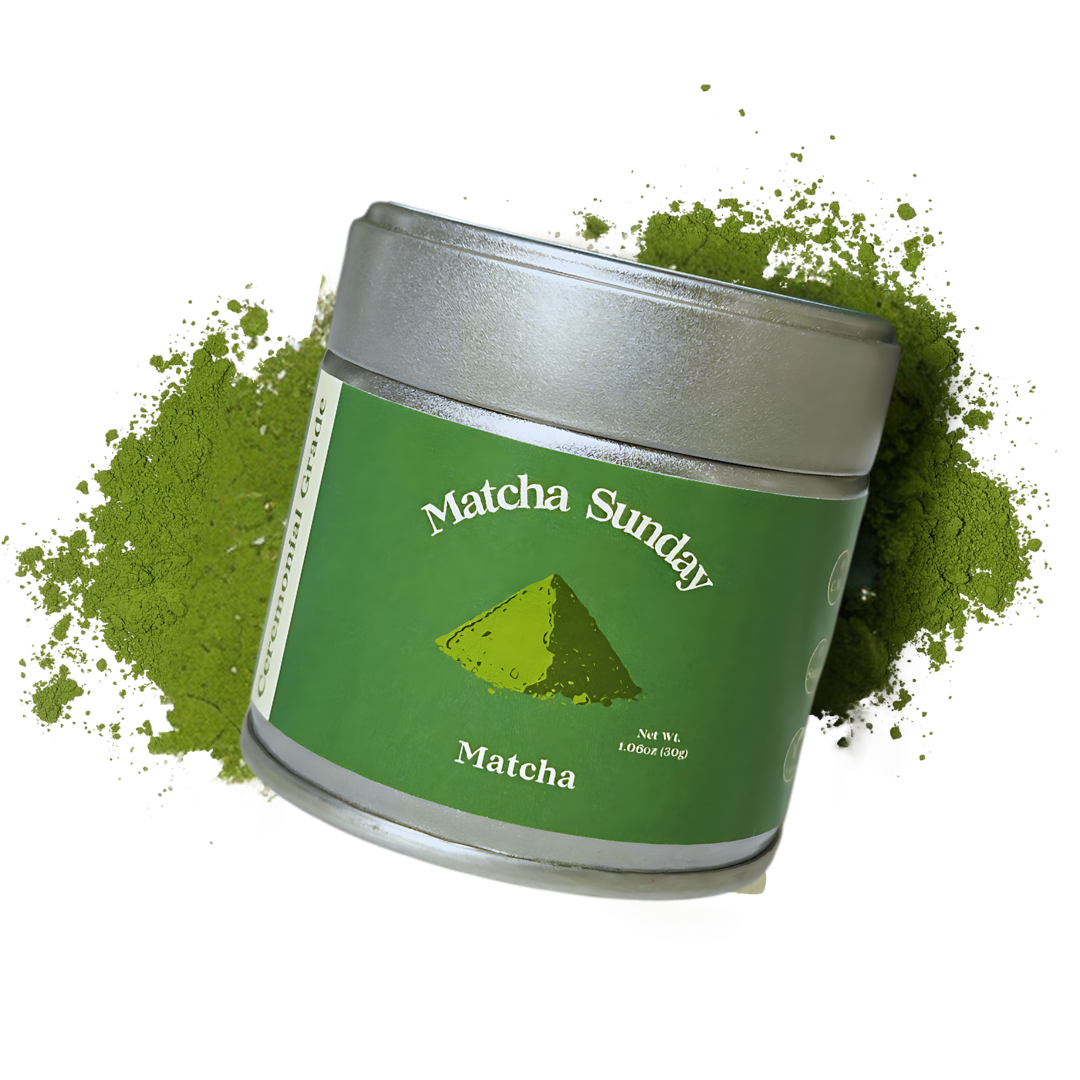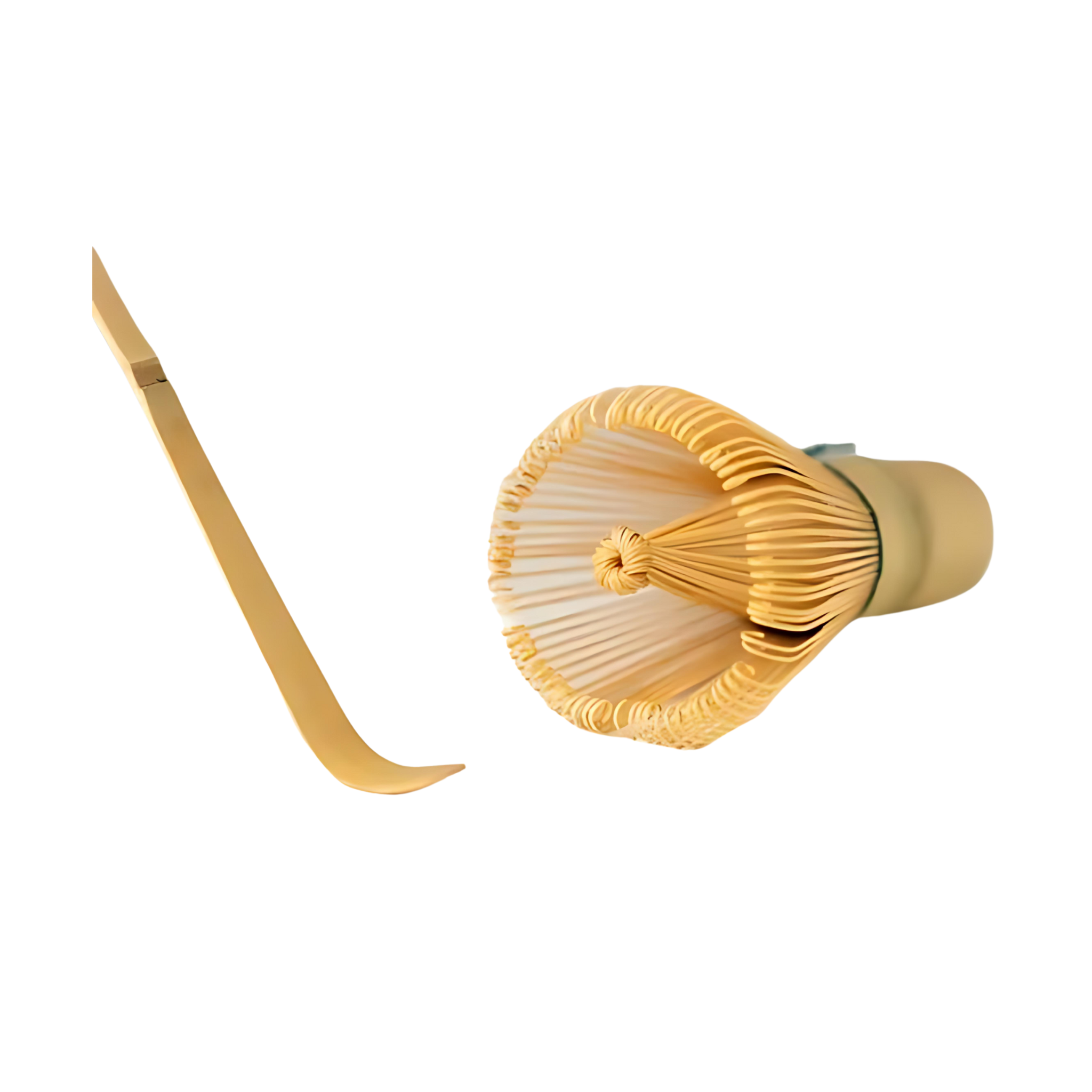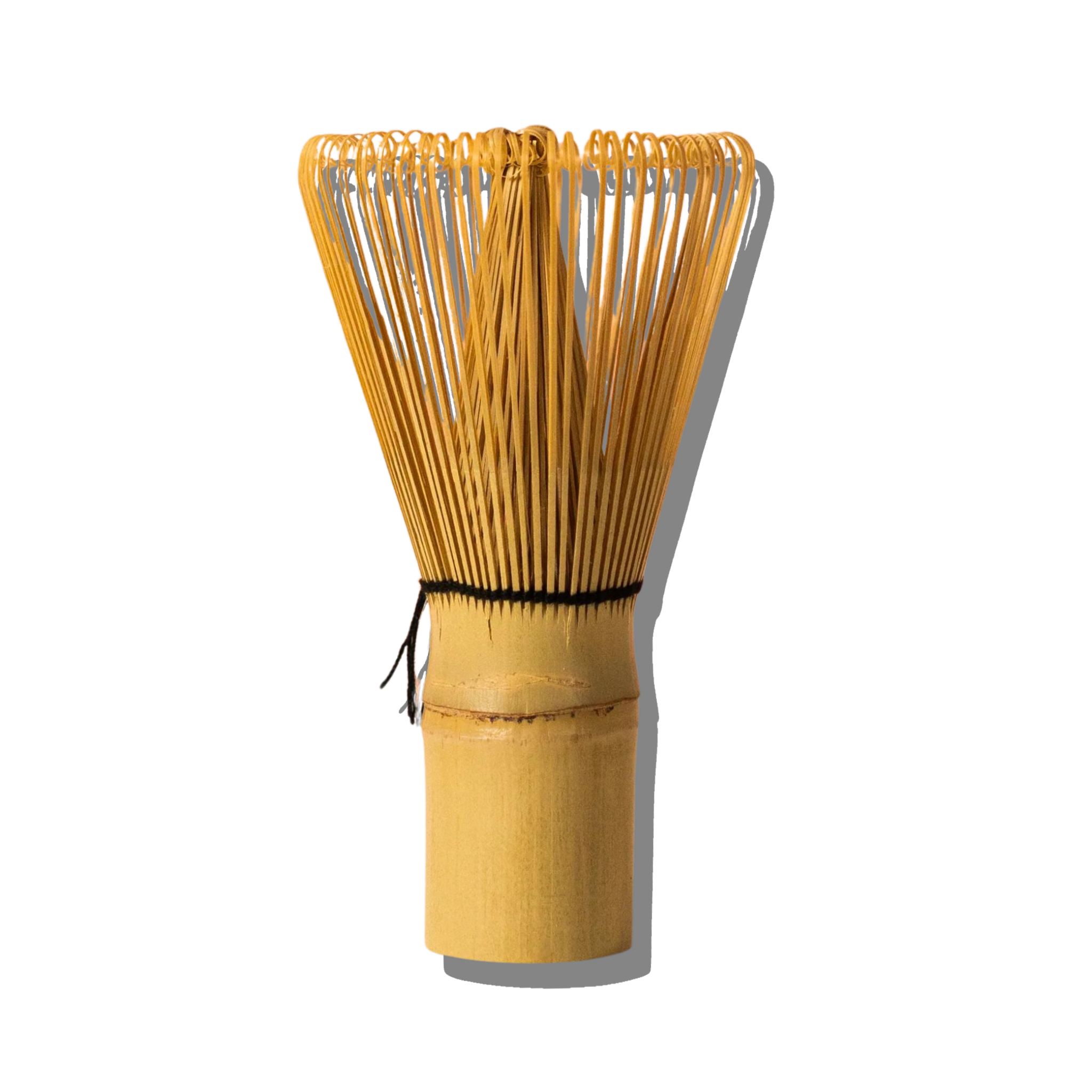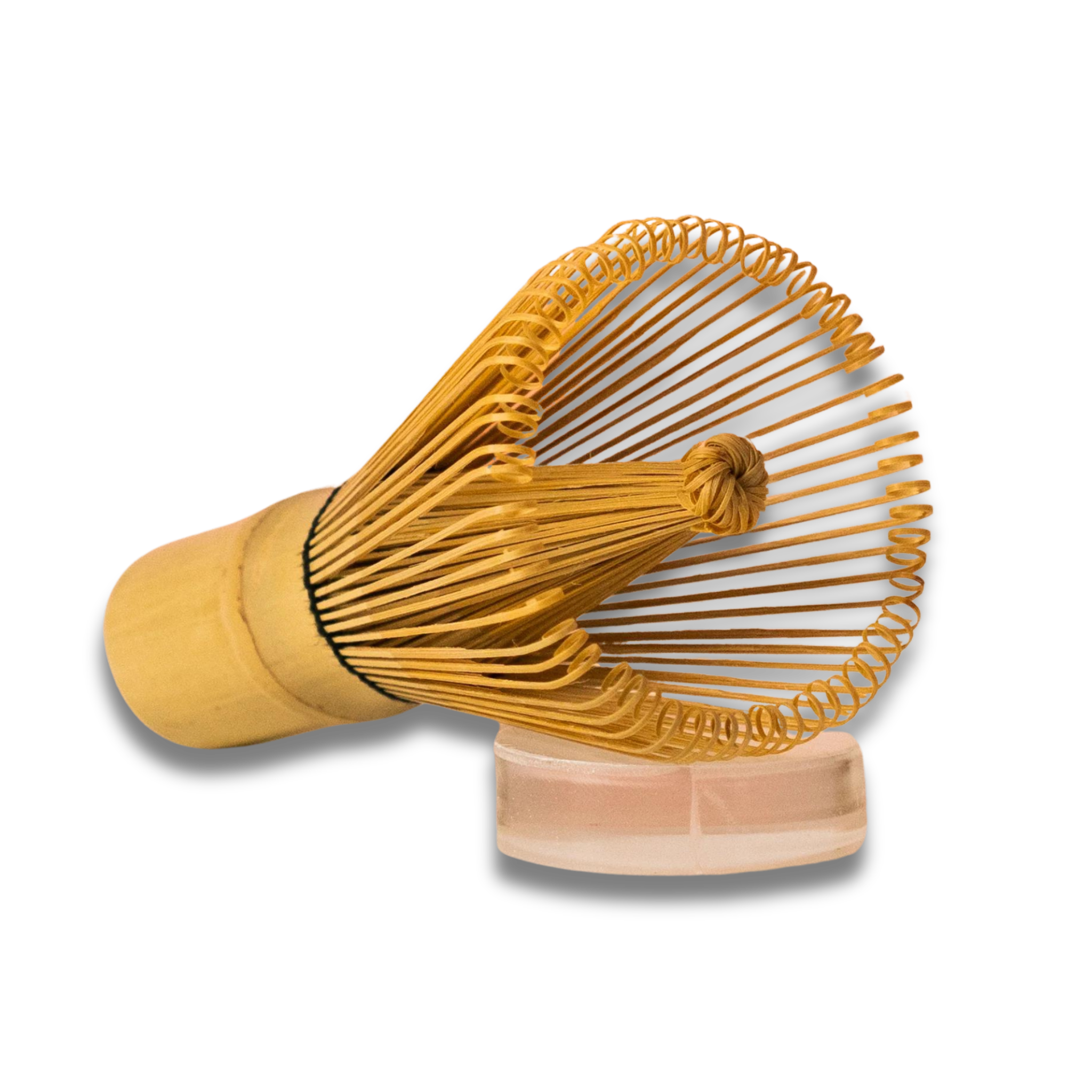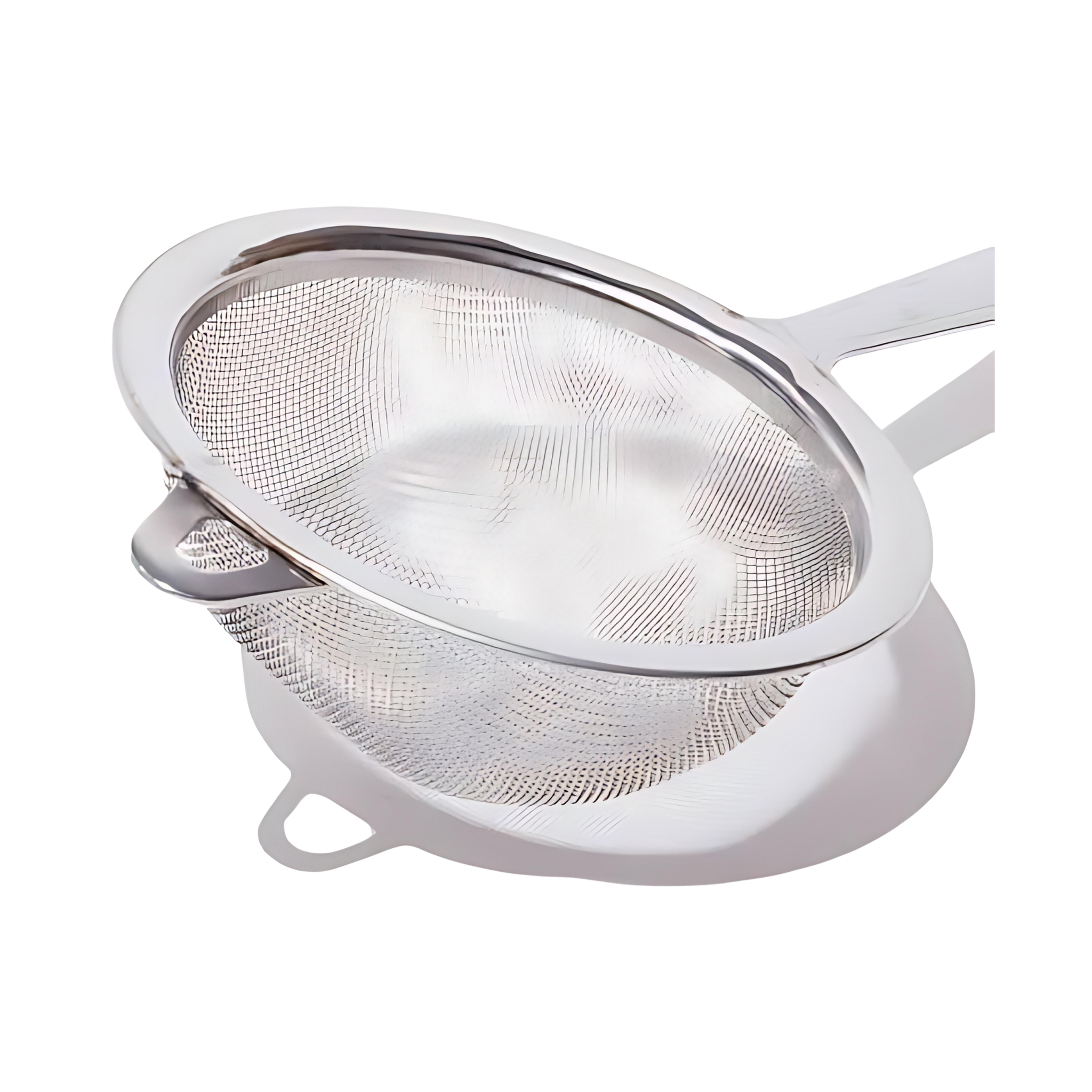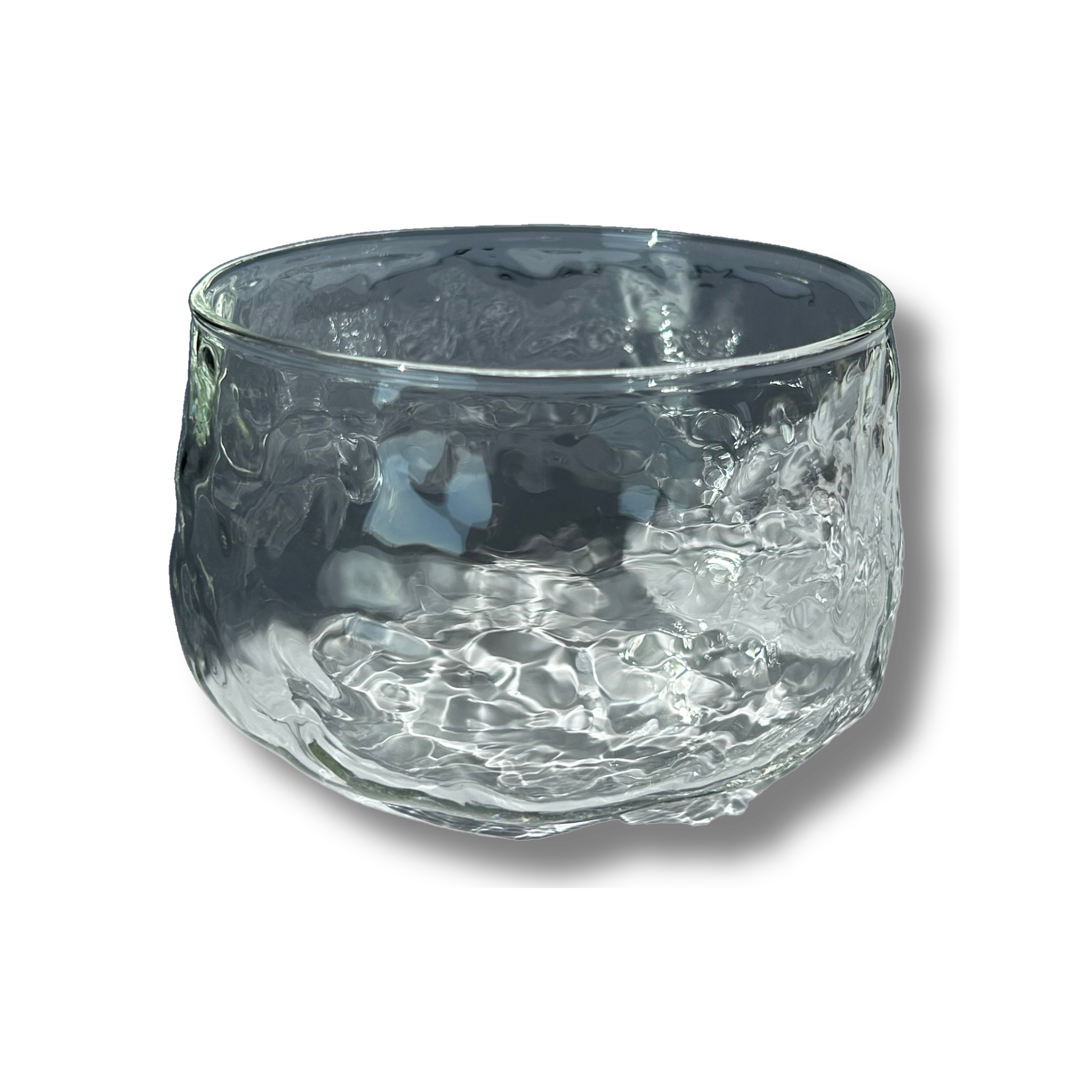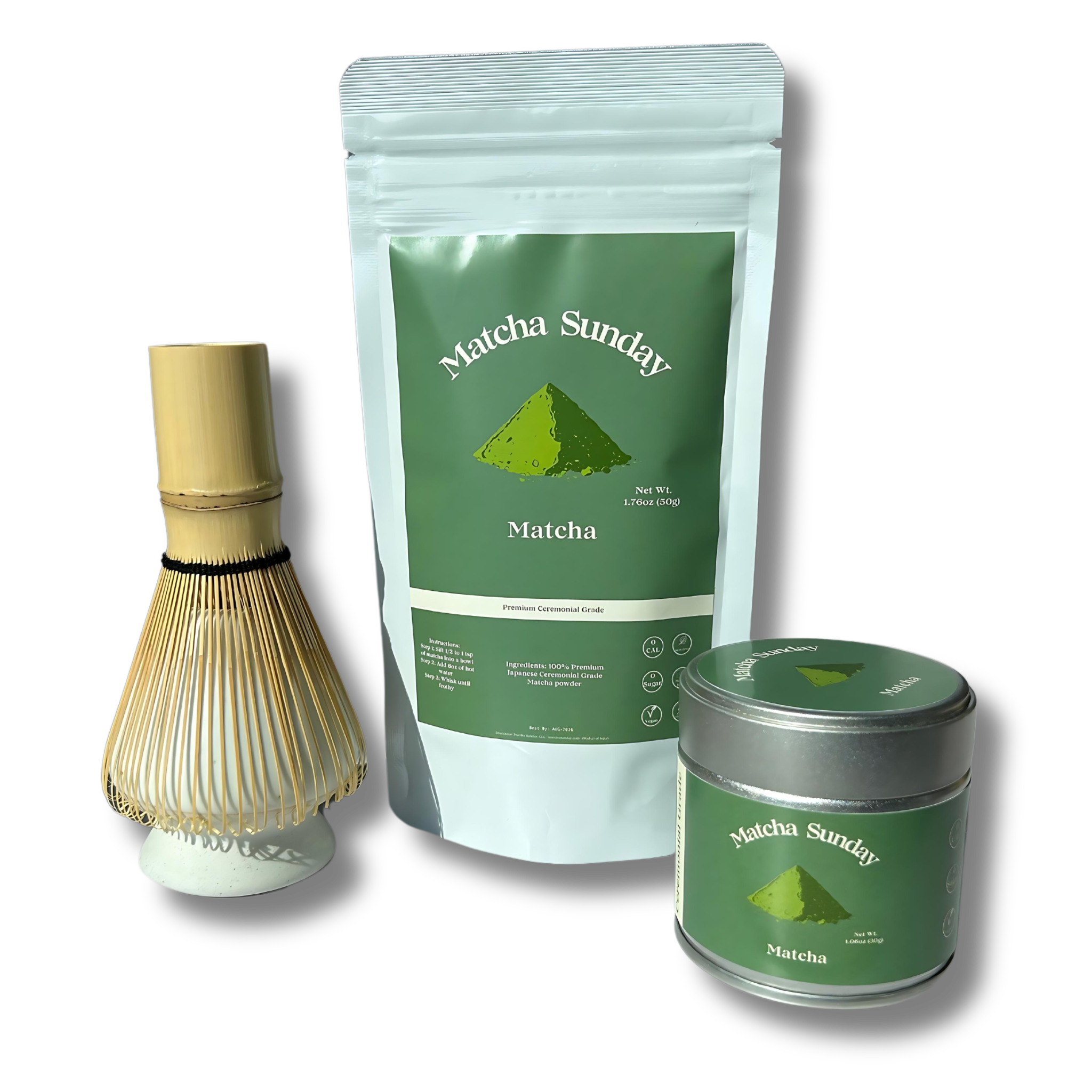Matcha, the finely ground powder of specially grown and processed green tea leaves, has gained immense popularity worldwide for its health benefits and unique flavor. However, not all matcha is created equal. The quality of matcha can vary significantly, affecting both its taste and nutritional value. In this ultimate guide, we'll walk you through everything you need to know to choose high-quality matcha.
1. Understanding Matcha Grades:
Matcha is typically categorized into two main grades: ceremonial and culinary.
Ceremonial Grade:
This is the highest quality matcha, intended for traditional Japanese tea ceremonies. It is made from the youngest tea leaves, which are carefully stone-ground into a fine powder. Ceremonial grade matcha has a vibrant green color, a smooth, delicate flavor, and a natural sweetness. It is best enjoyed plain with hot water. We recommend using a high quality ceremonial grade matcha for all your drinks, our Matcha Sunday Ceremonial Grade Matcha Powder is certified ceremonial grade.

Culinary Grade:
Culinary grade matcha is more affordable and versatile, making it suitable for cooking and baking. It is made from slightly older tea leaves and has a more robust, slightly bitter flavor. While it is less vibrant in color compared to ceremonial grade, it is still packed with nutrients and can be used in smoothies, lattes, and recipes.
2. Color and Texture:
High-quality matcha should have a bright, vibrant green color. The greener the matcha, the higher the chlorophyll content, indicating that the leaves were shade-grown and harvested at the right time. Avoid matcha that is dull or yellowish, as this suggests lower quality.
The texture of matcha should be fine and silky, similar to baby powder. High-quality matcha is meticulously ground to achieve this consistency. If the matcha feels gritty or coarse, it is likely of lower quality.
3. Origin:
The best matcha comes from Japan, specifically from regions known for their tea production, such as Uji, Nishio, and Shizuoka. Japanese matcha producers have centuries of expertise in cultivating and processing matcha, ensuring high standards of quality. When choosing matcha, look for information about its origin to ensure authenticity and quality.
4. Taste and Aroma:
High-quality matcha has a fresh, grassy aroma and a rich, umami flavor with a natural sweetness. It should not taste overly bitter or astringent. The best way to test matcha is to prepare a small amount and taste it plain. If it has a pleasant, smooth taste without any off-flavors, it is likely of good quality.
5. Packaging:
Proper packaging is essential to preserve the freshness and quality of matcha. Look for matcha that is packaged in airtight, opaque containers to protect it from light, air, and moisture. Once opened, store matcha in a cool, dark place, preferably in the refrigerator, to maintain its quality.
6. Price:
While high price does not always guarantee high quality, very cheap matcha is often a sign of lower quality. High-quality matcha, especially ceremonial grade, is labor-intensive to produce and comes with a higher price tag. Invest in reputable brands that are transparent about their sourcing and production processes.
Choosing high-quality matcha can greatly enhance your tea-drinking experience and provide you with numerous health benefits. By paying attention to factors such as grade, color, texture, origin, taste, aroma, packaging, and price, you can ensure that you are getting the best matcha available. Embrace the vibrant flavor and rich nutrients of high-quality matcha, and enjoy its unique benefits in your daily routine.
Visit our website: Matcha Sunday.

